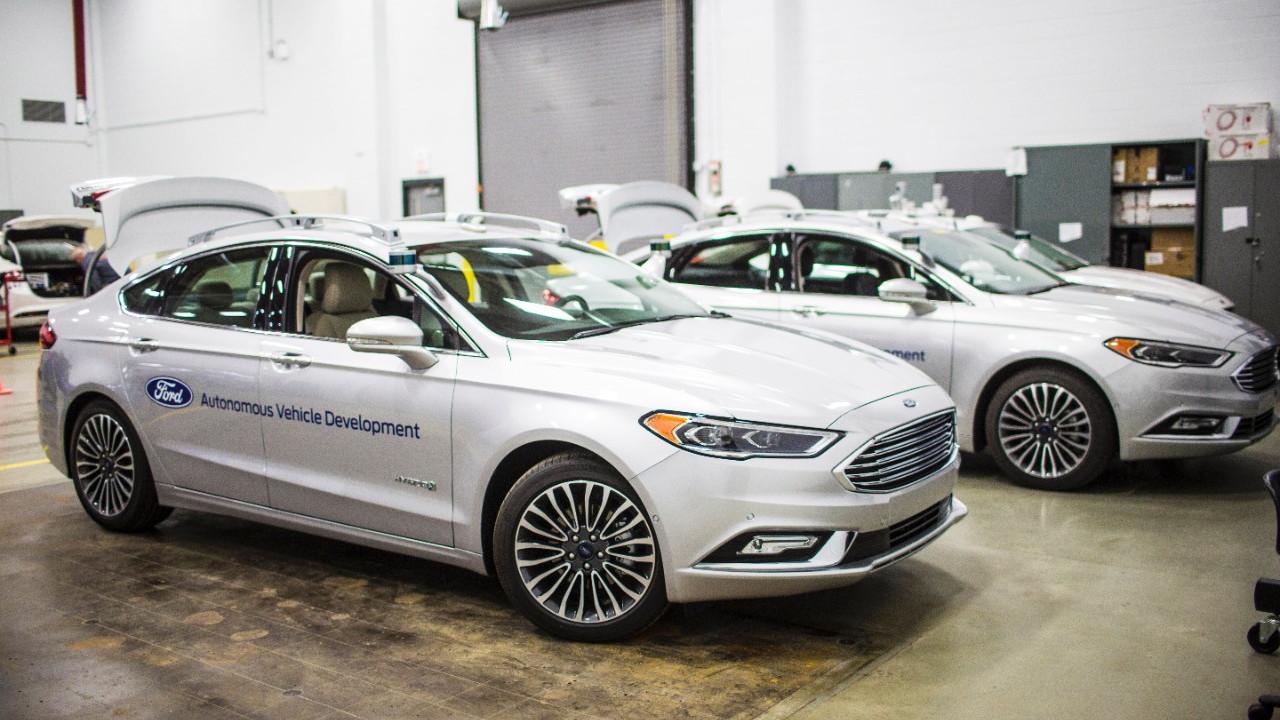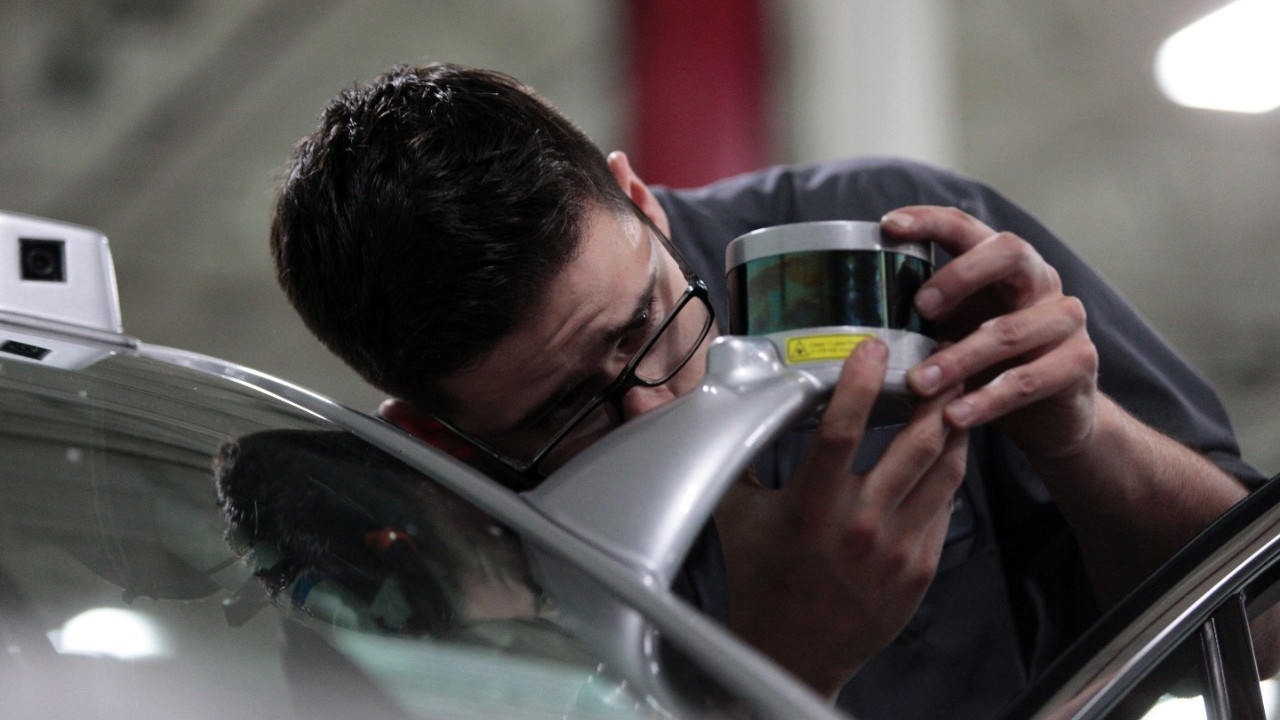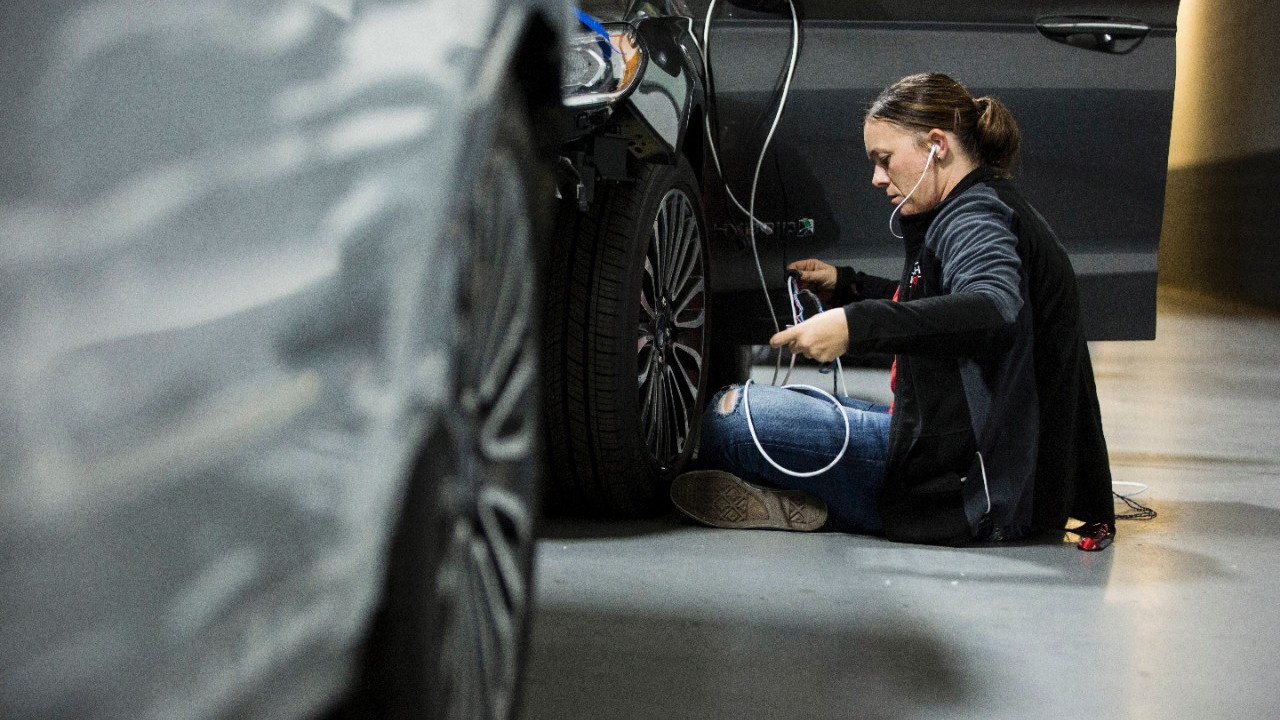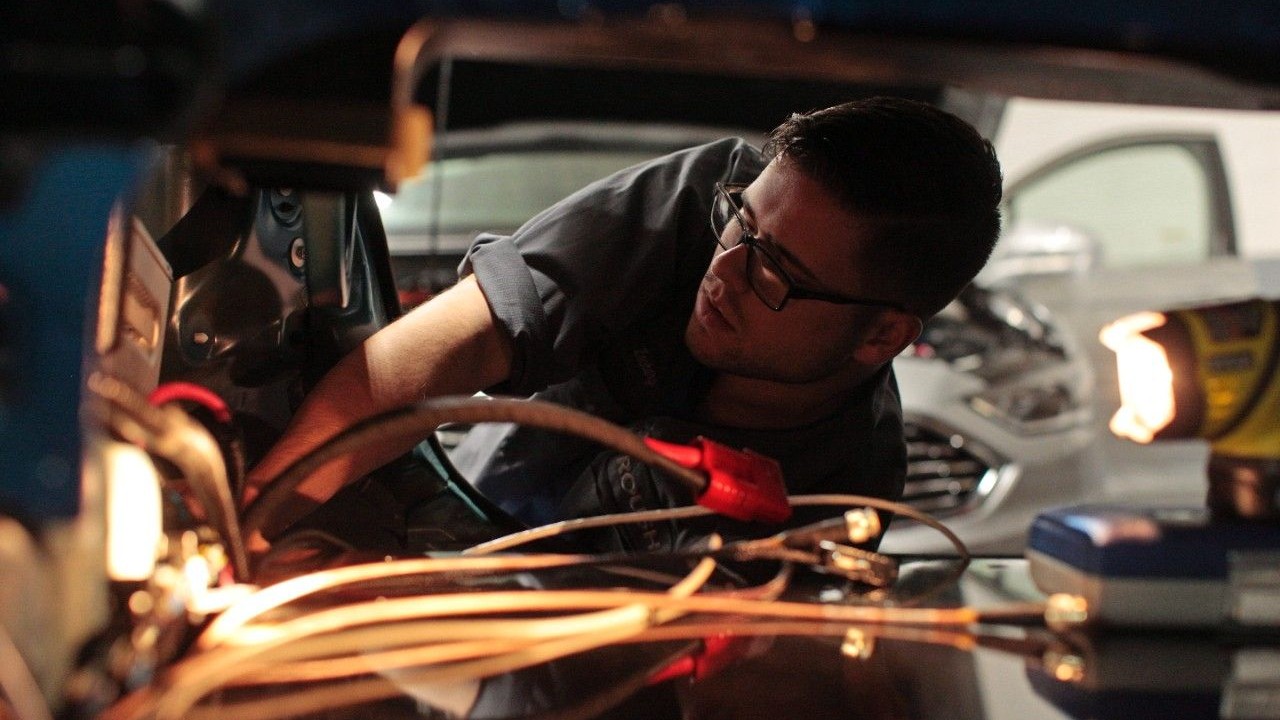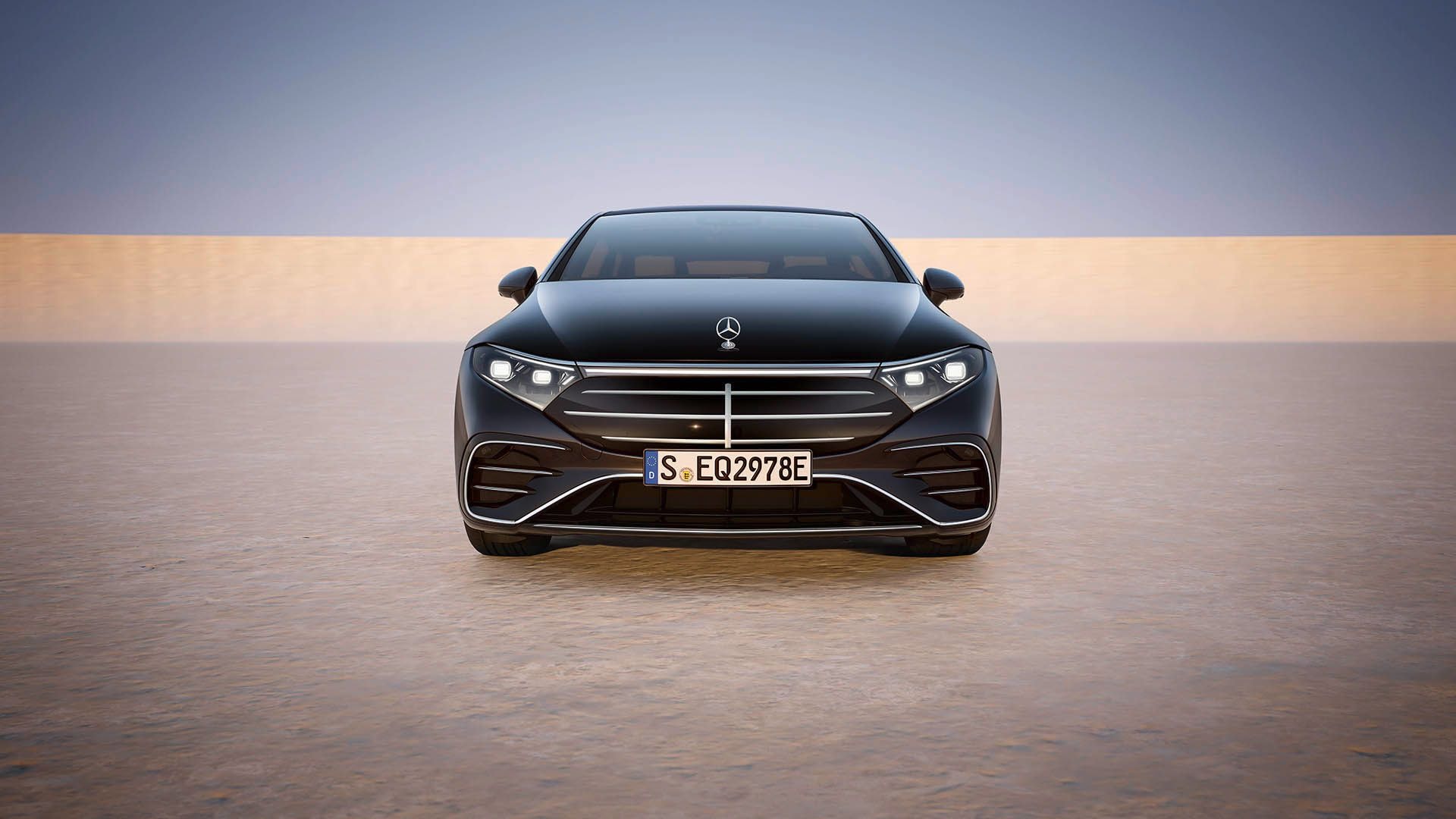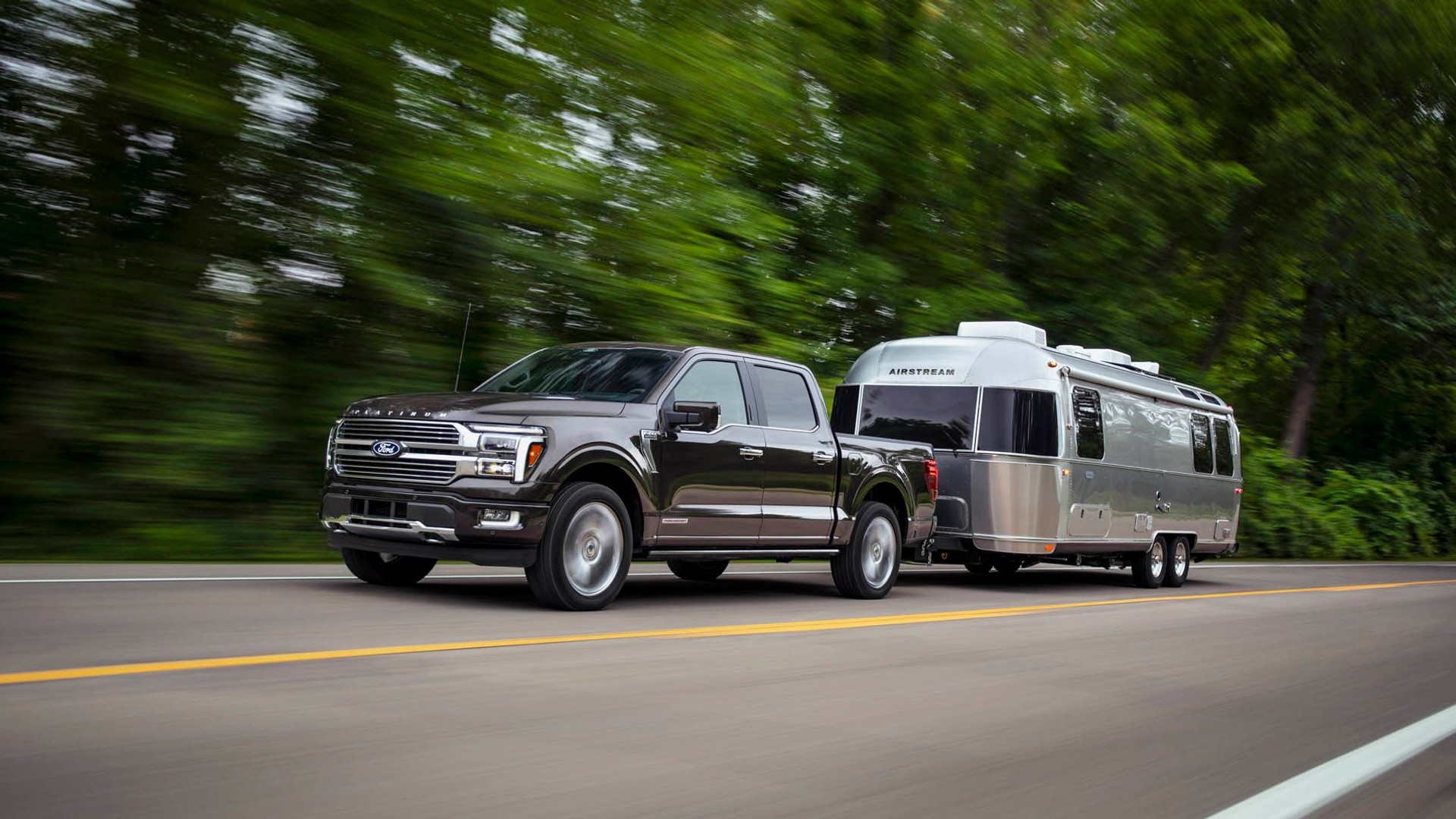If you see a Ford Fusion Hybrid mid-size sedan cruising along with no apparent input from the driver, rest assured that you are not hallucinating.
Since 2013, Ford has used modified Fusion Hybrid sedans to test autonomous-driving technology.
The automaker is now rolling out an updated version, which will form the basis for a larger fleet of test vehicles built toward the goal of putting a "high-volume" self-driving car into production in 2021.
DON'T MISS: 2017 Ford Fusion Hybrid and Energi: how engineers increased fuel efficiency
Set to appear at the 2017 Consumer Electronics Show and 2017 Detroit Auto Show, the second-generation autonomous Fusion Hybrid features updated sensors, plus computers with more processing power.
It is based on the slightly refreshed production Fusion Hybrid that debuted for the 2017 model year.
Changes to the production model included exterior and interior design tweaks, and changes to powertrain control software.

Second-generation Ford Fusion Hybrid automated driving research vehicle
The autonomous Fusion Hybrid now features three cameras mounted on two rooftop racks, a forward-facing camera mounted underneath the windshield, and short- and long-range radar units.
It also continues to use Lidar, which is similar to radar but uses light instead of radio waves.
The Lidar units in the updated Fusion Hybrid test vehicle are more compact, and offer a better field of vision, than the units on the previous-generation car, according to Ford.
ALSO SEE: Electric Chevy Bolt EV will be GM's first autonomous car
This allowed Ford to mount two Lidar units on the windshield pillars, as opposed to the previous, more conspicuous, configuration of four units on the roof.
All of these sensors—and the trunk-mounted computers that actually control the car—require a lot of electricity, which is why Ford uses Fusion Hybrids instead of conventional gasoline-powered Fusion sedans.
The standard model's electrical system is inadequate to meet the demands, but the hybrid's high-voltage lithium-ion battery pack can provide the needed levels of current.

Second-generation Ford Fusion Hybrid automated driving research vehicle
Ford's Detroit competitors have also chosen electrified vehicles as the platforms for their self-driving car tests.
General Motors is already using the Chevrolet Bolt EV electric car, and plans to expand its testing program in the coming year.
MORE: Maybe Apple and Google won't take over the car industry after all?
Fiat Chrysler Automobiles (FCA) recently delivered 100 Chrysler Pacifica Hybrid plug-in hybrid minivans to Waymo—the company that started out as Google's self-driving car division—for conversion into prototype autonomous vehicles.
Ford currently has 30 of the first-generation autonomous Fusion Hybrid sedans in its fleet, and plans to triple the number of cars in 2017.

Second-generation Ford Fusion Hybrid automated driving research vehicle
Testing now takes place on public roads in certain regions of Arizona, California, and Michigan.
Ford's goal is to put a self-driving car with no manual controls into production in significant volumes in 2021.
However, that car will be used only by ride-sharing services, which will give Ford greater control over the initial deployment of cars, and make collection of performance data easier.
_______________________________________________

